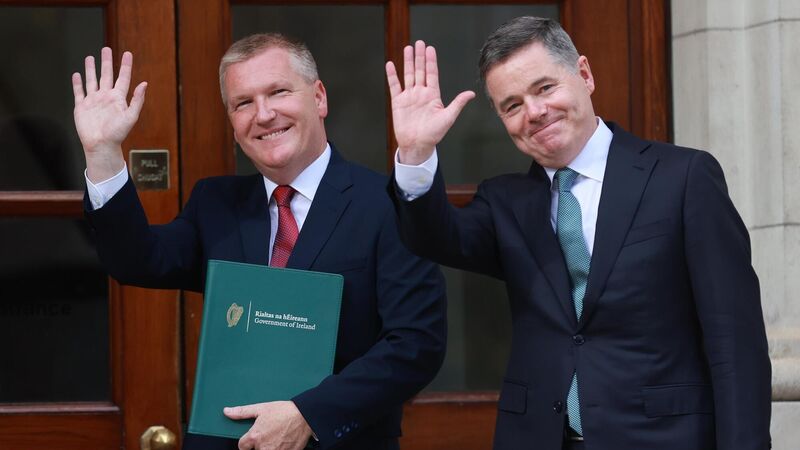Ireland's economy will be sluggish in 2024 if forecasts prove true

Government faced criticism over its expansionary Budget 2024, which breached its own spending rules by increasing expenditure by more than 5%.
This year has been a difficult period for many in Ireland with inflation remaining quite high through most of the year leading to further interest rate hikes, hurting borrowers and the economy, slowing pushing the country into recession — at least on paper.














